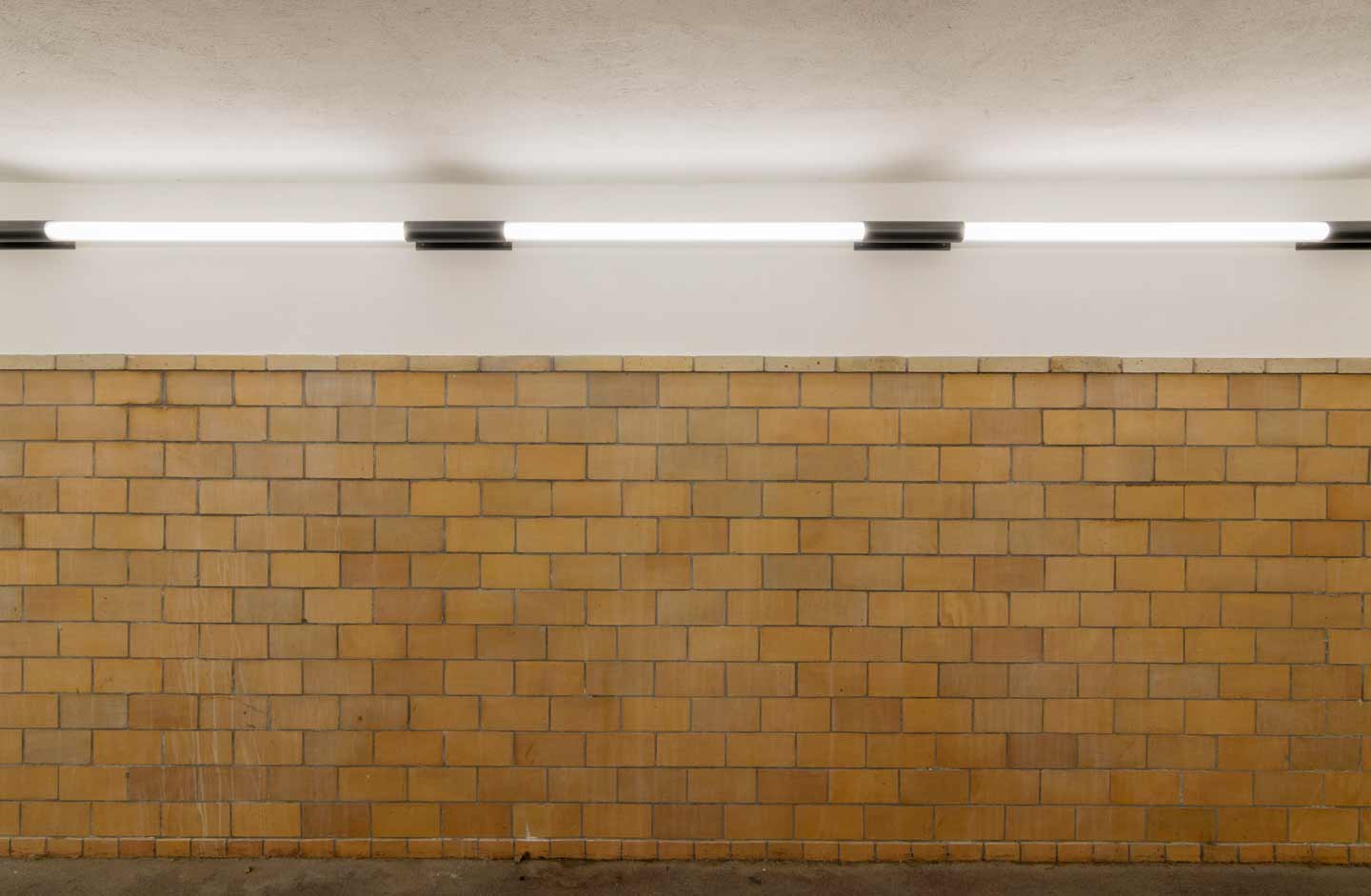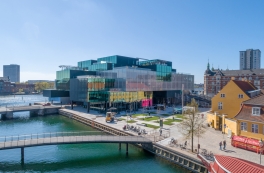



Old buildings inspire to solid and sustainable solutions
31.10.2018
We are not interested in merely preserving old buildings; we are interested in bringing them up-to-date, in a good way. In addition, we always strive to produce beautiful and durable solutions, not least when we are working with station buildings and technical installations.
This is how architect Thomas Brogren describes Gottlieb Paludan Architects’ work with the existing building stock. Thomas is a specialist in listed and preservation-worthy buildings and has devoted a great deal of his time on the functionality of old Danish stations, particularly to meet user needs and expectations and to comply with current legislative requirements. In this interview, he explains how old buildings teach us new things, the benefits of preserving existing building stock and how we deal with the challenges of undertaking renovations.

What are the architect’s main challenges when renovating a station?
We do what is needed to ensure that the buildings become relevant and usable for people today. Copenhagen Central Station, for example, was originally built for around 14,000 daily users, and now when the Metro opens, it may have to deal with as many as 140,000 daily users. This is the kind of challenge that we are called upon to solve. We are required to ensure that it will be able to accommodate such a huge increase in daily users while at the same time preserving the special character, spirit and history of this iconic building. Such a project calls for customized, site-specific solutions; we use the existing architectural and constructional qualities as our starting point and develop solutions that are compatible with living in the twenty-first century. Very often, we need to improve accessibility and make the changes required to live up to certain specified standards.
,,
Stations are the kind of buildings that are generally expected to withstand the ravages of not only time but also rough use.
Would it not be easier and less expensive to demolish the building and start again?
Specifically, in the case of stations, it would be a mistake to assume that a new build would necessarily make financial sense. It is extraordinarily expensive to move or stop train services which would be necessary for a new build. In addition, many Danish stations have historical value and are very well built from excellent materials, and the most sustainable solution would therefore be to energy-renovate the existing buildings. A case in point is Hillerød Station; many surfaces of the station have been energy-renovated. Most engineers would argue that it is most efficient to insulate externally, but it would be criminal to ruin the old beautiful masonry of Hillerød Station, so you would choose to optimize other parts of the building. Therefore, the windows have been renovated; the old frames have been preserved, but the glass has been replaced with energy glass. Moreover, all the lighting is LED. Consequently, building preservation is environmentally, financially and in fact also socially sustainable, because it is a way of protecting our cultural heritage and providing the very best user experience.

How do we choose materials that will work with old buildings?
Stations are the kind of buildings that are generally expected to withstand the ravages of not only time but also rough use. They are open 24/7 and the average user is far from gentle. Stations must be able to accommodate it all. Loads of bicycles, hordes of people and not least lots of intoxicated people at the weekends. A station is an incredibly congested space. At the same time, we are required to keep an eye on the operating costs which is a definite challenge. At Gottlieb Paludan Architects, we often work for the actual owners of the properties and durability is therefore generally an important parameter.
This gives us the opportunity to design and implement solid and sustainable solutions. For example, at a large number of S-train stations, we found natural stone floors three layers below other types of floors. By digging out such a floor and cleaning it, we are able to provide a floor that is actually much better and more durable than adding new flooring on top which would look terribly worn after three to four years. As many station buildings are built from excellent materials and exemplify good architecture, it makes better financial sense overall to go with the original materials than to design newer and easier solutions. We can learn a lot from these old buildings: they often unveil solutions that inspire modern architects. It may be stone reinforcements at the corners, or particularly strong stone cladding, or steel which has been rounded or painted in a way that makes it clear that it is very durable. We can revisit these age-old solutions and strengthen them or let them inspire us to develop other solutions. It is an excellent way of entering into a dialogue with our construction heritage.
,,
We always strive to produce beautiful and durable solutions.

Can we provide solutions that benefit society at large?
Yes, I believe we can! For example, we incorporate more bicycle parking at the stations we renovate and ensure that there are more opportunities for organizing car shares; at Lyngby Station, we have just re-designed the basement below the station in order for it to work as a bicycle parking facility, and as users’ sense of safety was a specified priority, the underground facility has been equipped with CCTV, custom-made light fixtures with strong light and loud classical music. The point is that the bicycle parking solutions must be beautifully positioned and integrate with the station building, but they also need to be accessible, well-lit and promoting a sense of safety. Designing for stations, we always include an important social focus about promoting a sense of safety within the space.










